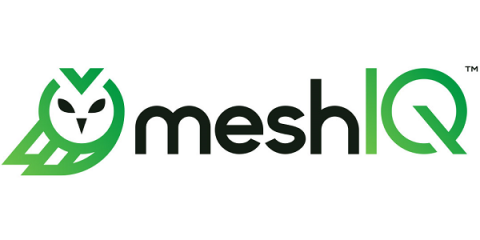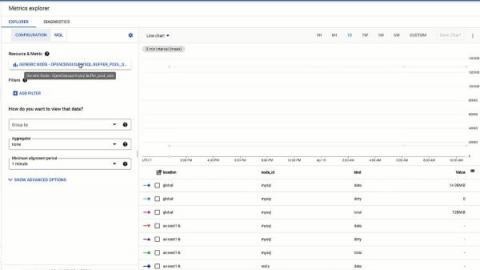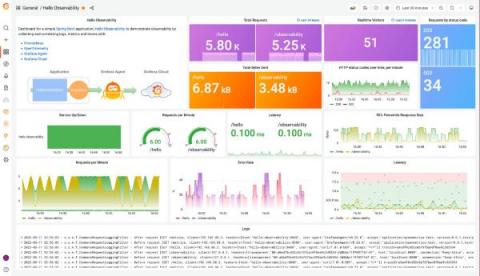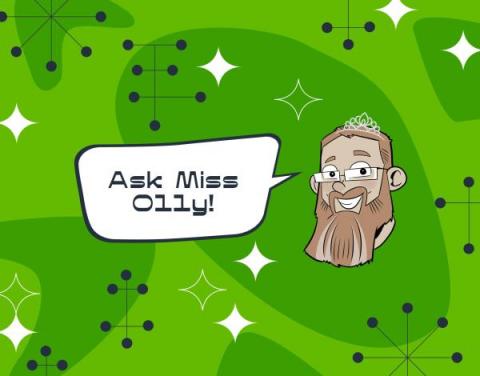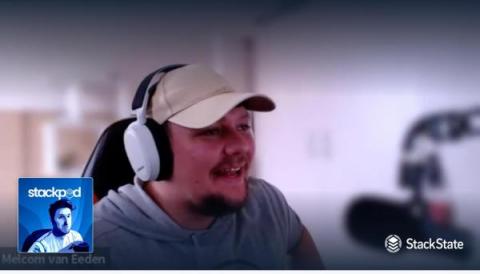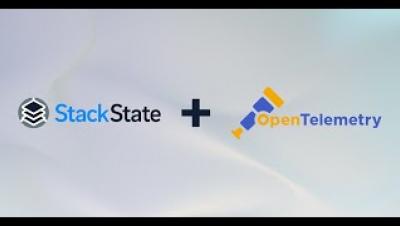What is Distributed Tracing?
As systems get ever more complicated with more layers in the application stack, it can become more difficult to keep track of what is happening at all of the different, discrete levels and this is where distributed tracing comes into play.


